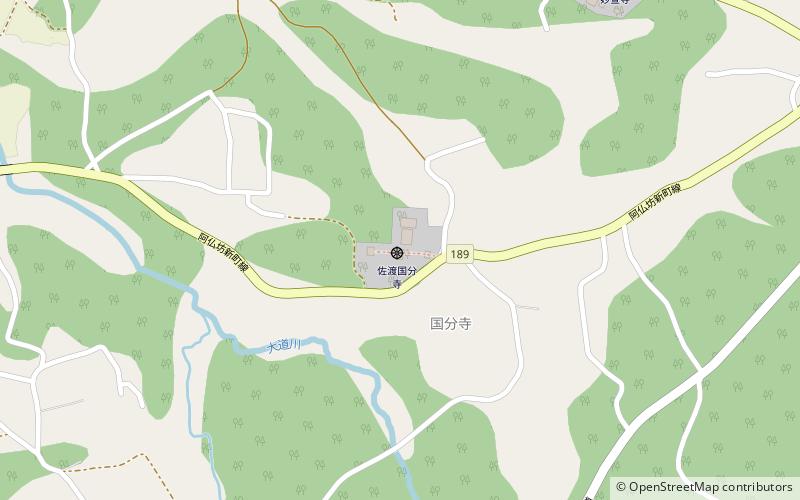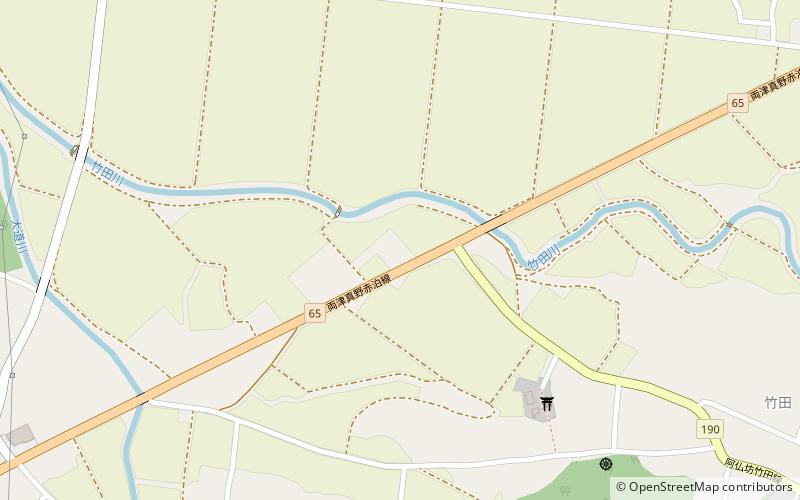Sado Kokubun-ji

Facts and practical information
Sado Kokubun-ji stands as a testament to the rich cultural tapestry of Sado Island, Japan. This historic temple is part of the Kokubun-ji system, established during the Nara period (710-794) under Emperor Shomu's decree to promote Buddhism and unify the nation spiritually. The temple was specifically founded in 741 as the provincial temple of Sado.
Despite the wear of time and the damage inflicted by multiple fires throughout the centuries, Sado Kokubun-ji has persevered as a significant cultural relic. The temple complex was rebuilt in the 12th century and has since undergone various restorations to preserve its historical and architectural integrity. The current main hall, an elegant structure embodying traditional Japanese temple architecture, dates back to the 18th century.
Visitors to Sado Kokubun-ji can admire its ancient pagoda and the surrounding tranquil gardens, which offer a serene escape from the hustle and bustle of modern life. The temple is also renowned for its Buddhist statuary, including a wooden statue of Yakushi Nyorai, the Buddha of Medicine, designated as an Important Cultural Property by the Japanese government.
Sado Kokubun-ji's annual events, such as the Goma ritual—a fire ceremony intended to cleanse and bless—are steeped in centuries of practice and continue to draw both locals and tourists alike, seeking to experience the spiritual heritage of Sado Island.
Niigata
Sado Kokubun-ji – popular in the area (distance from the attraction)
Nearby attractions include: Shimokō Site, Ryōtsu.

